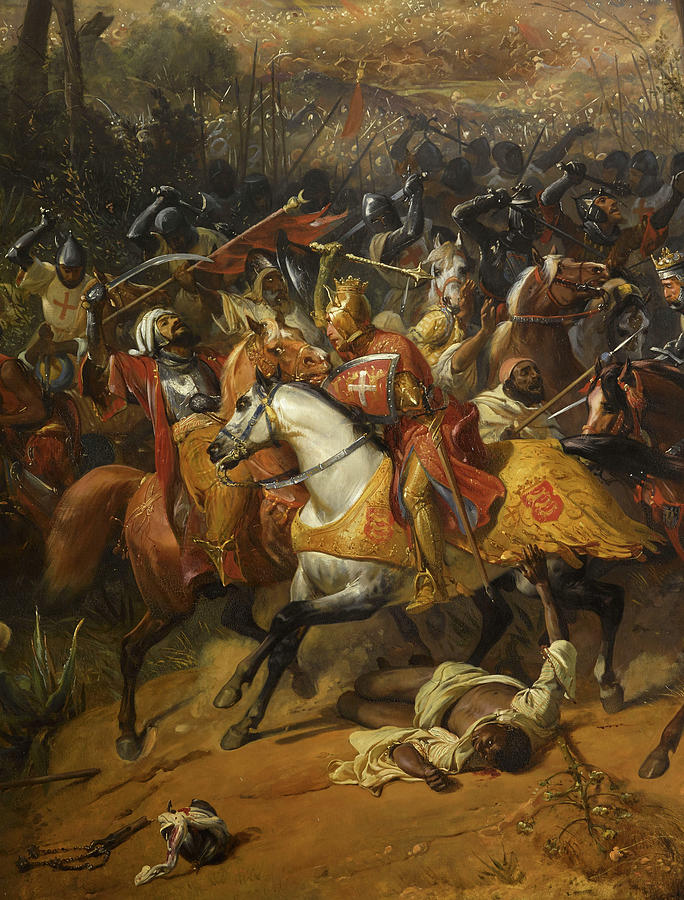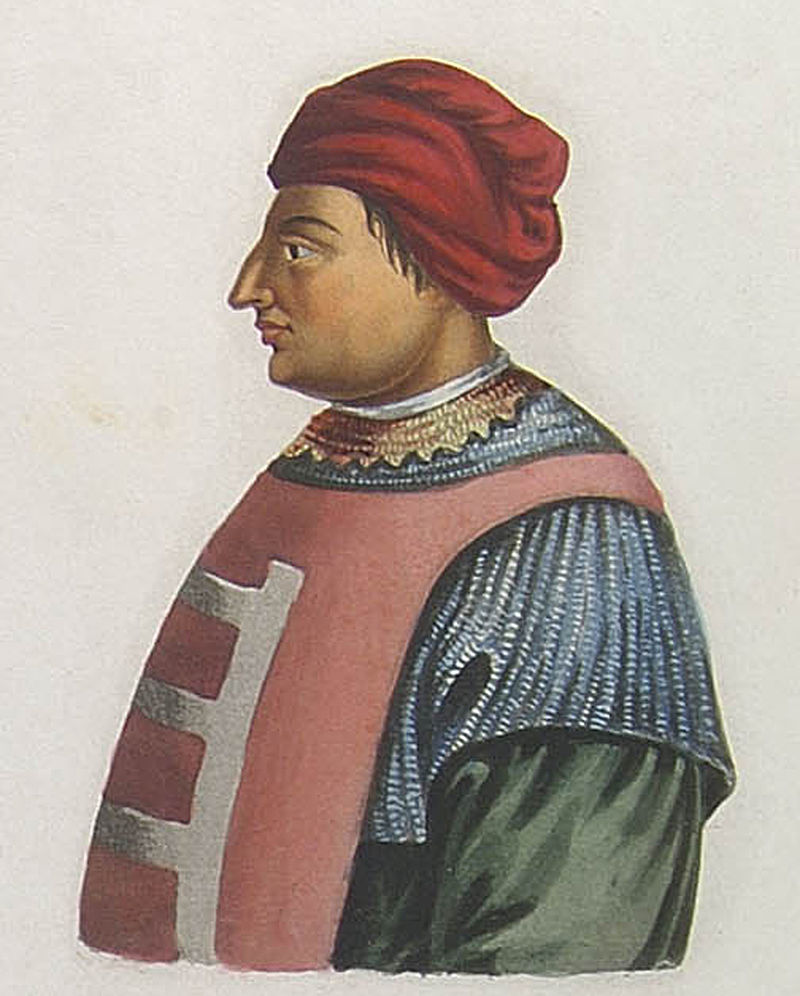
12 September is anniversary of Battle of Muret fought in 1213, the biggest open battle of the Albigensian Crusade! French crusaders led Simon de Montfort spectacularly triumphed over much larger Aragonese and Occitan army led by Peter II of Aragon and Raymond IV of Toulouse! 





The Albigensian Crusade was declared by Pope Innocent III to eliminate the heresy of Catharism in Languedoc following the murder of a papal legate in 1208. The crusade was launched against Cathars and Raymond VI of Toulose who was accused of defending them. 

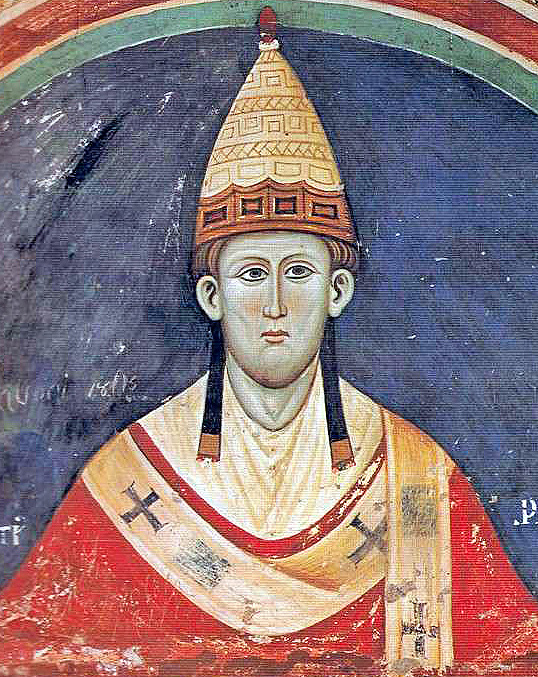

Crusaders managed to achieve great success quickly in capturing Cathar lands and advancing deep into the south in Langedouc and the Occitan lands. However by 1213 Peter II of Aragon got involved to help Raymond VI of Toulouse who was his brother-in-law and vassal. 


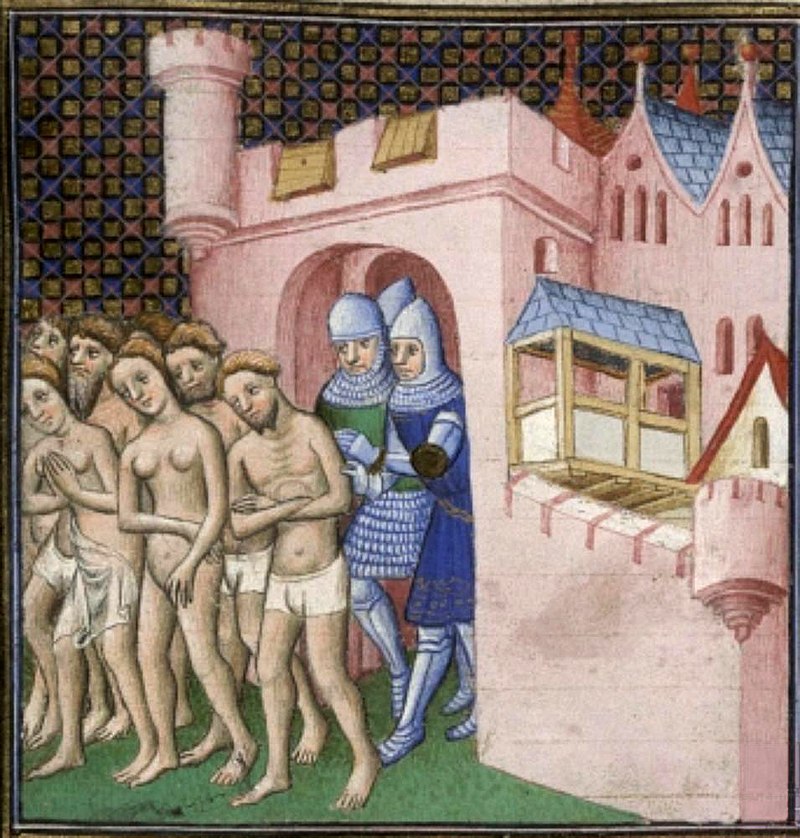


Ironically, Peter II was a renowned crusader in Spain fighting against the Moors and a hero of the famous battle of Las Navas de Tolosa just a year before, but in Albigensian crusade, he would fight against the crusaders! He wanted to limit the influence of Simon de Montfort. 
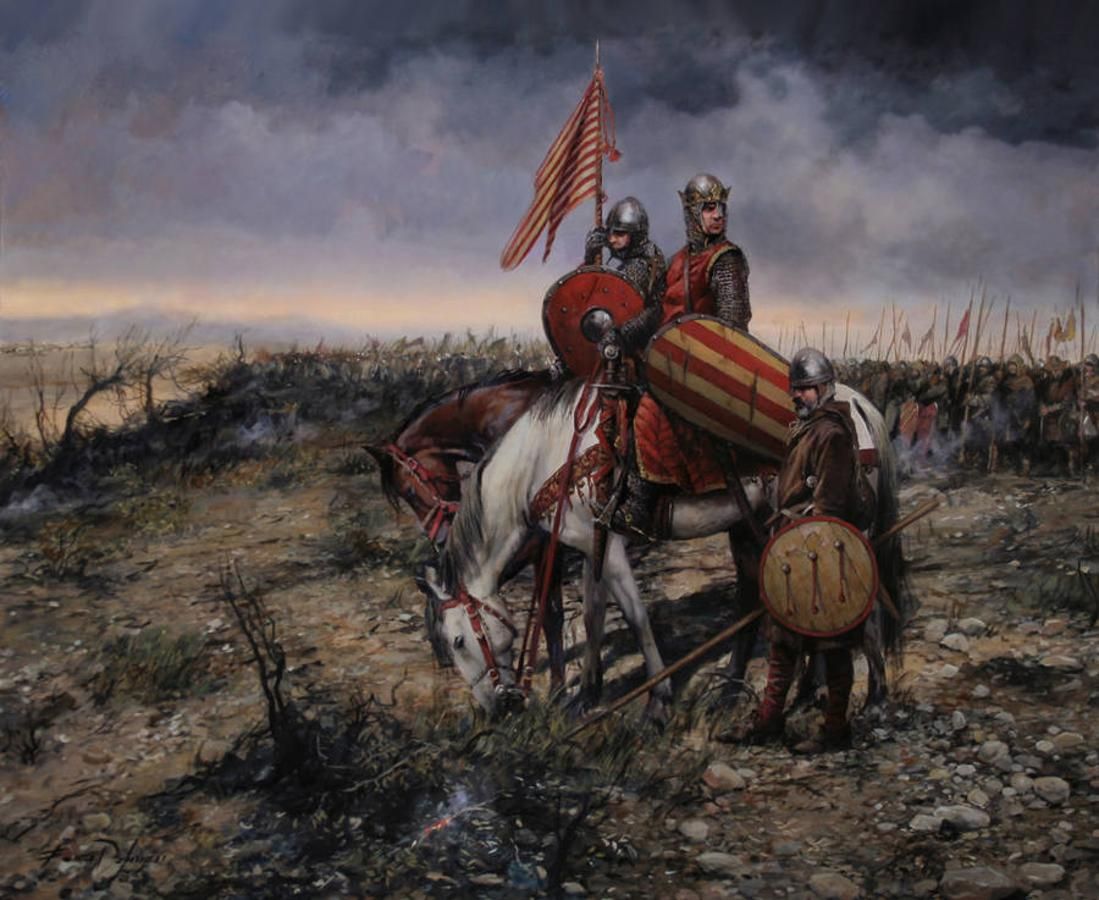
This war was therefore not just a crusade but also a war of power over the control of the lands of county of Toulouse as France wanted to expand south and clashed with the interests of the Crown of Aragon. The fate of these lands would be decided at Muret in an open battle! 



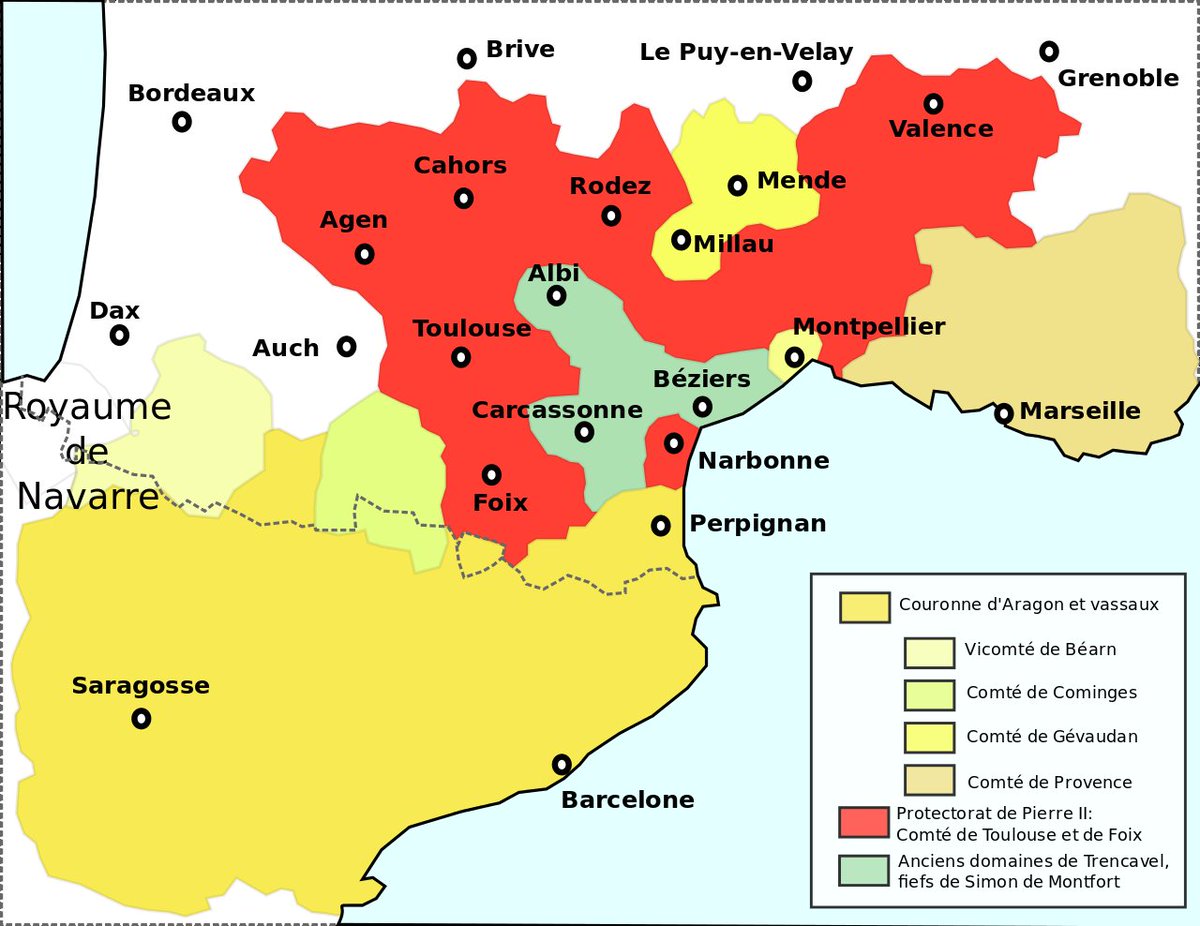

Muret was a true chivalric medieval battle. Both Simon de Montfort and Peter II of Aragon wanted to fight an open battle instead of Peter besieging Simon in Muret even though that was not the wisest decision for either of them as it was a high risk move. 



Peter could have tried to exhaust his rival during a siege instead while Simon was badly outnumbered yet they both wanted a decisive chivalric battle. Simon de Montfort brought only cavalry, less than 1000 knights! He felt that the small infantry he had would only slow him down. 
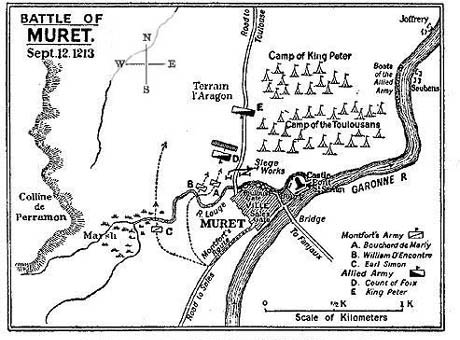
Meanwhile Peter II of Aragon and his ally Raymond VI of Toulouse had around 1900 horsemen and 2000-4000 infantrymen from lands of the Crown of Aragon and Toulouse militia. Simon de Montfort promised the latter he would chase them with shouts of victory
to the gates of Toulouse!
to the gates of Toulouse!

Simon de Montfort was a very capable commander and a true crusader both in terms of his bravery and religious piety. He was a formidable opponent, but his rival Peter II of Aragon was also an illustrious crusader king. It was a battle between two great knights! 

Before marching for battle, one of Simon de Montfort’s knights suggested they do a count of the force, but the Simon told him it was unnecessary because God had given him enough men to beat the enemy! Like true medieval warriors, they believed God decided the outcomes of battles! 

Both commanders split their forces in three, the Aragonese and Occitan forces took the defensive approach and stood in three lines, while Simon de Montfort's crusaders went for an aggressive attack with three separate cavalry charges. These would prove devastating for the enemy! 

The first crusader charge led by William of Barres not penetrated the first line completely and struck deep into the second line. The second crusader line followed him and combined, they managed to inflict serious damage on the enemy including killing Peter II of Aragon himself! 

Simon de Montfort led the third attack from the left flank to finish the job. A total slaughter followed as the overwhelmed coalition army began to retreat in panic. The first two crusader units pursued them while Simon returned to Muret to attack the remaining Toulouse infantry. 



The Toulouse militia was besieging the city of Muret but Simon de Montfort's charge routed them and another massacre unfolded as Simon's knights cut down the hated Toulouse militia without mercy, a payback for unsuccessful 1211 siege of Toulouse! 

The victory was complete. This was the last big open battle of the Albigensian crusades, although the sieges and revolts would continue deep into 1220s. The French crusaders enjoyed victory. They destroyed Catharism as well as winning lands for themselves and their realm! 

• • •
Missing some Tweet in this thread? You can try to
force a refresh











